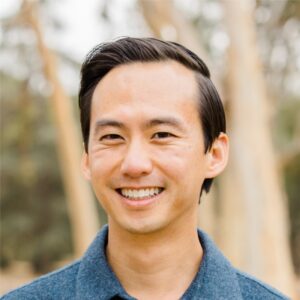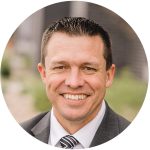Microschools face major problems.
Starting a new business is difficult under normal circumstances, but when the business is a small school that does things differently, it can lead to confusion from regulators.
What is a microschool?
Microschool has become a catch-all term for a variety of new learning models that have been popping up around the country. They have been called everything from pandemic pods, to one-room schoolhouses, and learning centers. These schools find ways to change the standard school model to meet the needs of the students they serve.
One thing that ties all microschools together is their focus on doing things differently. Some microschools operate like homeschool co-ops, while others operate like small private schools. Some innovate with the amount of seat time by only holding school two or three days a week, while others innovate where they hold school by spending over 80% of their day outside.
So, What is the Problem?
Because of their innovative nature, some cities do not know how to regulate them. Are they a full on school that therefore must follow building codes for schools? Or, are they business because they have fewer students in rooms, and only meet a few times a week?
This has led to confusion with regulators.
Alex Cheung is the founder of Wilderland Academy in Liberty, Utah. He wanted his school to spend most of their day outside, so the type of building was less important to him. He found a nice agricultural plot of land, and built a temporary commercial building, similar to a portable classroom, schools use. But a regulator came and shut his school down. And he isn’t the only person who has had to deal with push back from regulators.
The founder of St. George Acton, Ian Lindsay said, “ It has cost me close to a million dollars to open a micro-school in St. George.” Why the large cost? Because of outdated zoning and building occupancy laws.
Zoning laws talk about what kinds of buildings can be in the different parts of town. Homes are in residential zones, while businesses are in commercial zones.
By contrast, public and charter schools are allowed in any zone in the state.
Many cities do not include microschools in the same category as public or charter schools. Instead, these founders are forced into commercial zones, and when they find a building that will work, they must renovate it to meet school building code. Although safety is one factor in building code, building code can also dictate things like the number of bathrooms (a minimum of four regardless of the school size.)
What is the Solution?
Luckily, Senator Fillmore has sponsored a bill to address these issues.
Senate Bill 13 Education Entity Amendments permits these schools in all zones. No longer will school founders be relegated to strip malls or busy highways.
This bill also addresses the building code issue. These schools henceforth will be allowed to build or move into buildings similar to tutoring centers or dance studios, without having to pay an obscene amount of money to renovate.
The education world has changed in the past few years. It is time that new models of learning are recognized and allowed into our communities.



